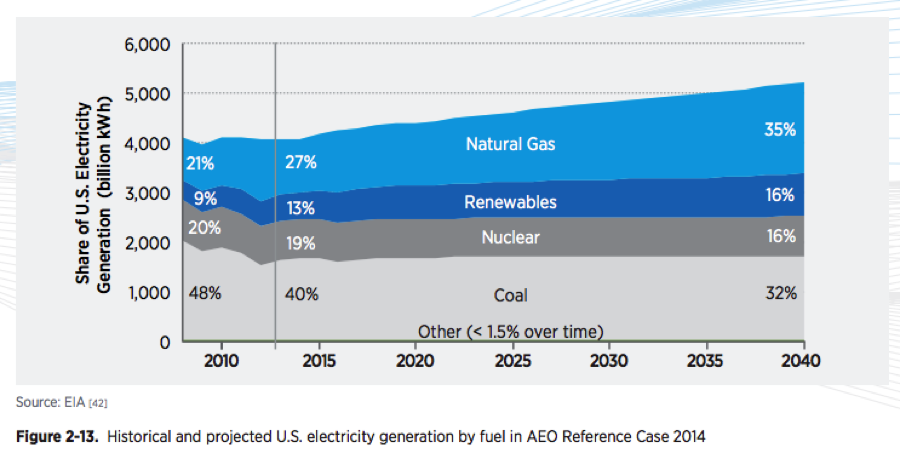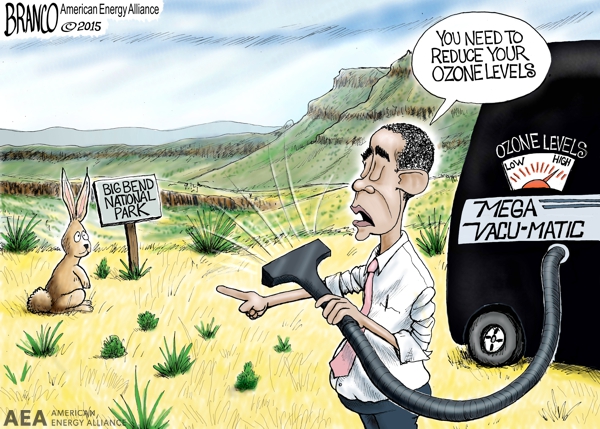WASHINGTON — The American Energy Alliance joined today with 16 other organizations in opposition to the Renewable Fuel Standard. In a letter to the House of Representatives, the coalition urges Members to co-sponsor H.R. 703, a bill introduced by Rep. Bob Goodlatte to repeal the Renewable Fuel Standard. Below is an excerpt from the letter:
We, the undersigned, write to urge you to co-sponsor H.R. 703, a bill introduced by Representative Goodlatte to repeal the Renewable Fuel Standard. This legislation deserves your full support. We, collectively and individually, continue to believe the best reform to this failed government mandate should be to repeal it. Repealing this mandate would bring certainty to the fuel markets and eliminate the harmful impacts this government program has had on businesses and consumers.
The RFS harms almost all sectors of the economy and saddles American taxpayers with higher fuel costs and higher food prices. Apart from increased food prices – which have been confirmed by both the United States Department of Agriculture and the World Bank – the RFS increased the costs of gasoline and diesel. A recent Congressional Budget Office report concluded that complying with the mandated volume levels would increase the price of diesel by 30 to 51 cents per gallon and regular gasoline by 13 to 26 cents by 2017.
We also want to express our concern over efforts to reform the RFS that fall short of complete repeal. Representative Goodlatte has also introduced H.R. 704, a bill that would primarily tackle the corn ethanol portion of the mandate. Legislation that would simply address the corn-based portion of the mandate is commendable, but it is a half-answer. A repeal of the corn-based ethanol mandate that leaves the other three mandates that exist in the statute – biodiesel, cellulosic, and advanced biofuels – in place would simply result in the substitution of other alternative fuels for the current reliance on corn-based ethanol.
The coalition letter will remain open for additional signers.
Click here to read the full coalition letter.
###



